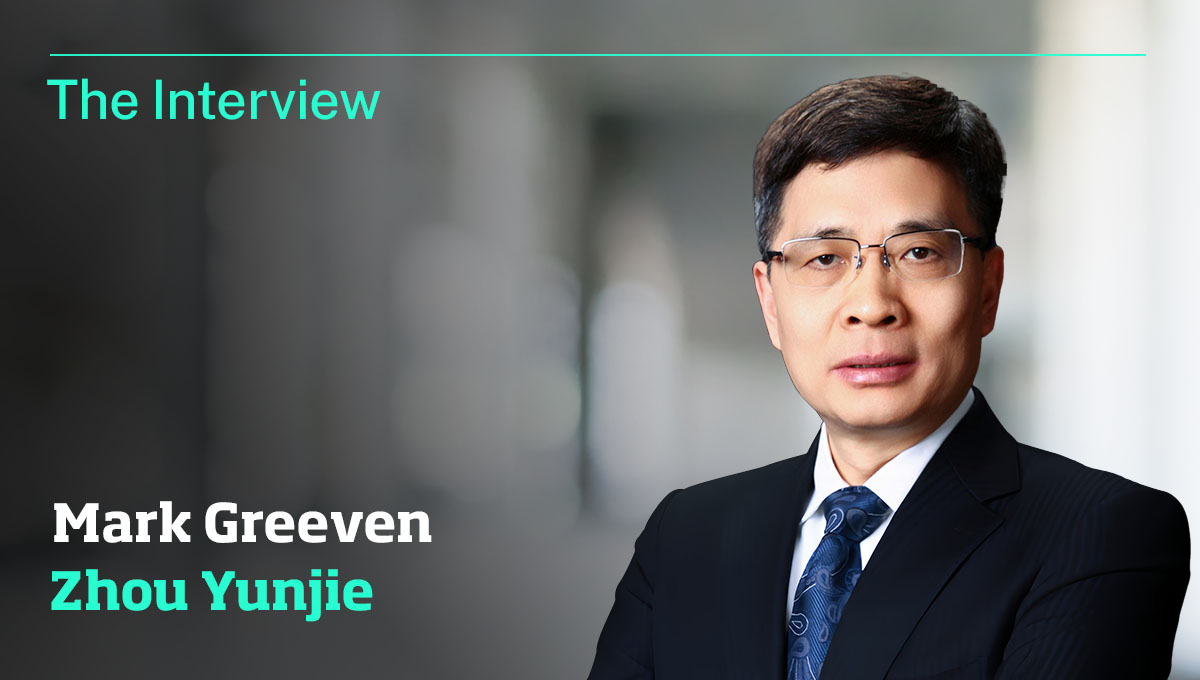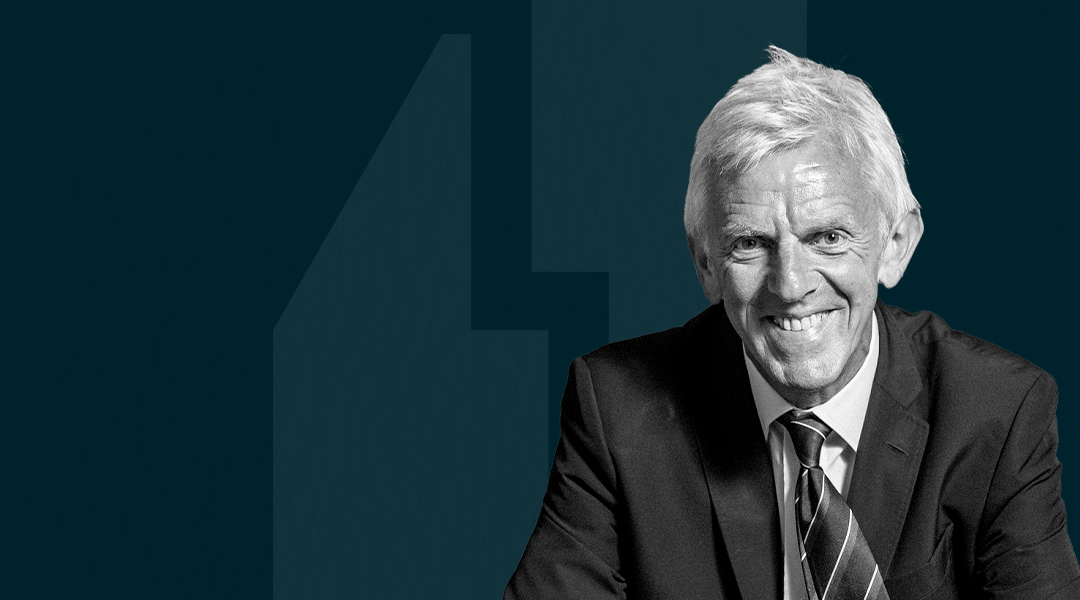
Google and Facebook: the real reason they should be broken up is China
There was a time when our internet resembled the American economy of the historic Western frontier: unregulated, vast in opportunities and untouched by large firms. The world wide web was new and cyberspace was, for the most part, overloaded with useless information. “Chances are if you search for an item even with a very good search engine, most of the results you get will be irrelevant,” said Kate Delhagen, a research analyst at Forrester Research of Cambridge, Massachusetts in 1997.
Like the early oil industry that grew throughout the 1800s, the industry players populating the early internet were chaotic in nature and short in lifespan. AOL, Netscape, Myspace and ICQ were all household names one moment and seemingly gone the next. It was the belief that the speed of the internet had rendered any competitive advantage transient. One needed to be agile and becoming big was a liability. Such belief prevented the public from noticing the creeping growth of a search engine (Google), a bookseller (Amazon) and a social networking site (Facebook).
Today these monopolies dominate the internet, just as the late 19th-century US economy came to be dominated by single players in oil, steel and tobacco. And, just like then, these huge companies are facing calls to be dismantled to protect consumers and other businesses from their power. Yet there’s another concern threatening the US economy that provides a more pressing reason for breaking up the tech giants that didn’t exist during the first major round of trust-busting: the rise of competition from China.
The last time the American technology sector faced such a threat was in the 1980s, when major companies such as Westinghouse, Fairchild and RCA were increasingly under attack from their Japanese counterparts. But it wasn’t these wounded giants who fought back and restored the American economy. It was the next generation of entrepreneurs, hailing from Silicon Valley, that helped the US scramble back up to the leading position in the information age.
Japan wasn’t able to respond to these new players because its banking system and government regulations have historically favored large firms. Sony, Toshiba, Sharp and many others were once disruptive, but the country relied too heavily on a single generation of successful companies. An economy that depends on a handful of big firms essentially consigns a country’s outlook to a handful of CEOs. And, inevitably, big firms can only be disruptive once.
Celebrated physicist Geoffrey West once observed that cities exhibit super linear growth, meaning that as a city gets bigger, every person there becomes more productive. However, companies exhibit the opposite trend. Companies are nearly always killed by bureaucracy and administration crowding out creativity and innovation. Because, inside a company, “someone has got to take care of the taxes and the bills and the cleaning the floors and the maintenance of the building and all the rest of that stuff”.
Which is why, in the aftermath of the breakup of Standard Oil in 1911 into what became Exxon, Mobil, Chevron and other spinoffs, the value of what had been Standard Oil doubled within a year and then increased five-fold in the following few years. And, as with Standard Oil before its breakup, each internet giant’s ability to innovate has already been hampered by its size.
The internet is no longer led by the US alone. As digital applications spread into transportation, aviation, healthcare and energy, China is leading specific areas in artificial intelligence, advanced robots and e-commerce.
Chinese innovation
When I visited Shenzhen in China in 2018, a manager at telecoms giant Huawei explained to me that much of the city’s infrastructure will soon be digitized and that the company will saturate it with a 5G network. This will solve many speed issues and latency problems for computers using that network. As a result, the amount of computing power needed inside a driverless car, for instance, will be massively reduced. That computing power can be offloaded onto the city’s infrastructure by way of the next-generation networking system.
This is a radical vision, very different from that of Intel in California, which is also hoping to dominate the market for driverless car technology by developing more powerful microchips to install in vehicles. Huawei’s idea for connected cars will directly undermine Intel’s strategy, in China and beyond.
This kind of example shows why the US urgently needs to unleash the next wave of disruptors. Google may speak about moon-shot ambition, but its Waymo self-driving car firm has yet to gain commercial traction. Apple may speak about its technological prowess, but it is only seeing its revenue decline and its Chinese position unseated. Facebook may speak about virtual reality as the next user interface, but it can’t even rid its newsfeed of fake news. There is a ceiling on how fast the internet giants can innovate.
Some observers may see the answer as unleashing another wave of open-source software that anyone can use or adapt to restore the internet’s former innocence and dynamism. But in the race of artificial intelligence and Internet of Things smart devices, where China is becoming a formidable rival, the US needs a more powerful shot in the arm to revive its innovation prowess. And if history is a guide, it’s time to break up the giants.
This article was first published by The Conversation.
Howard Yu is the author of LEAP: How to Thrive in a World Where Everything Can Be Copied (PublicAffairs, June 2018), and LEGO professor of management and innovation at IMD. In 2015, Yu was featured in Poets & Quants as one of the Best 40 Under 40 Professors. He was shortlisted for the 2017 Thinkers50 Innovation Award, and in 2018 appeared on the Thinkers50 Radar list of 30 management thinkers “most likely to shape the future of how organizations are managed and led.” Yu received his doctoral degree in management from Harvard Business School.
Research Information & Knowledge Hub for additional information on IMD publications

Haier's CEO Zhou Yunjie explains how the company's innovative RenDanHeYi model empowers employees, drives global growth, and adapts to market changes.

China's self-reliance, innovation & resilience under 'Made in China 2025' continue to shape its global role amid geopolitical tensions & policy challenges.

Your gut instinct matters in a data-driven world. IMD’s Heather Cairns-Lee & Eugene Sadler-Smith explain how intuition enhances decision-making in uncertainty.
The case explores TBC Bank Group’s remarkable journey from a small Georgian bank to a regional leader in digital financial services across Central Asia. Founded in 1992 with just US$500 in initial capital, TBC evolved into Georgia’s largest financ...
The case explores the principles and challenges of operational excellence through the experience of Magdi Batato, former EVP of Operations at Nestlé. It examines how he implemented Mission-Directed Work Teams (MDWTs) to empower front-line workers,...
This paper presents a compact and intuitive framework that consolidates, simplifies, and extends results on the links between technology, trade, and labour market outcomes. It makes three main contributions. First, it presents closed-form solution...
The board of Nestlé S.A. announced that Anna Mohl would become the CEO of Nestlé Health Science (NHSc) — a global leader in nutritional science — on 1 January 2024. She was delighted to hear about her new position but knew there was little time to...
The case describes two transformation journeys for ABN AMRO bank. The first transformation is cultural and the second is digital. It explores the interplay between these two journeys from the perspective of the head of the Personal Banking. The ca...
The B case picks up at the end of Case A. It’s now autumn 2022. Klaas Ariaans and Eric Jones, leaders within ABN AMRO’s Personal and Business Banking Division had been reflecting on the success of self-organization in their divisions. This new wor...

As uncertainty grows, organizations must rethink how they navigate a volatile world. Rather than relying solely on scenario planning based on historical data, organizations could take a more proactive approach—imagining and shaping distant futures...
Research Information & Knowledge Hub for additional information on IMD publications
Research Information & Knowledge Hub for additional information on IMD publications
Research Information & Knowledge Hub for additional information on IMD publications
Research Information & Knowledge Hub for additional information on IMD publications
Research Information & Knowledge Hub for additional information on IMD publications
in Journal of International Economics 23 February 2025, ePub before print, 104065, https://doi.org/10.1016/j.jinteco.2025.104065
Research Information & Knowledge Hub for additional information on IMD publications
Case reference: IMD-7-2636 ©2025
Research Information & Knowledge Hub for additional information on IMD publications
Research Information & Knowledge Hub for additional information on IMD publications
Research Information & Knowledge Hub for additional information on IMD publications
The case describes two transformation journeys for ABN AMRO bank. The first transformation is cultural and the second is digital. It explores the interplay between these two journeys from the perspective of the head of the Personal Banking. The ca...
in Forbes.com 20 February 2025
Research Information & Knowledge Hub for additional information on IMD publications

